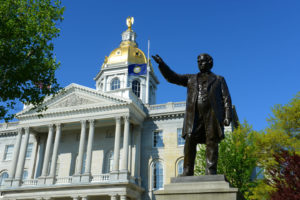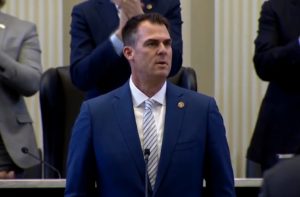Majority Support School Choice: We Should Fund Students, Not Systems
COVID-19 didn’t break the public school system. It was already broken. The past year simply shined a spotlight on the central problems with K-12 public education in America. Thankfully, families…
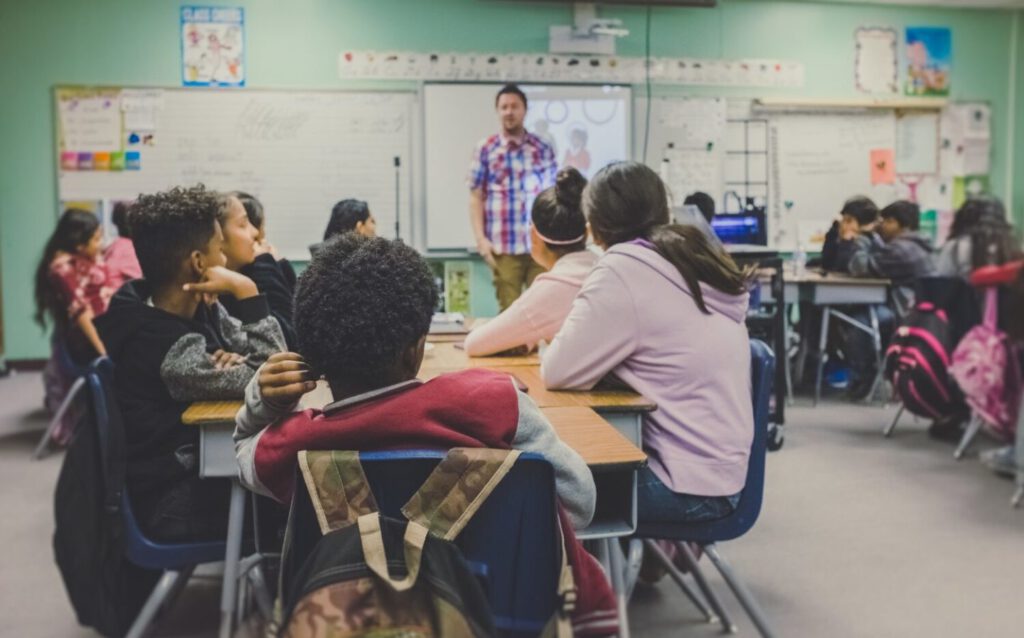
COVID-19 didn’t break the public school system. It was already broken. The past year simply shined a spotlight on the central problems with K-12 public education in America. Thankfully, families are waking up to the fact that there aren’t any good reasons to fund bureaucratic institutions when we can fund students directly instead.
It’s bad enough for institutions to receive children’s education dollars despite failing to provide them with an adequate education year after year. It’s altogether worse for those same institutions to receive children’s education dollars regardless of whether they’ve even opened their doors for business.
Private schools fought to reopen. Public school teachers’ unions fought to remain closed for over a year. The main difference was one of incentives. Private school leaders understood they needed to provide their customers with meaningful educational services if they wanted to stay afloat. The teachers’ unions, however, understood that keeping their schools closed would put them in better positions to bargain for even more taxpayer money without any real risk of losing revenue streams.
Private schools had a powerful bottom-up incentive to cater to the needs of families. Teachers’ unions had a perverse top-down incentive to bolster their monopolistic institutions by holding children’s educations hostage.
The main problem with our country’s K-12 education system was exposed: a massive power imbalance between the public school monopoly and individual families. And the only way that we’re ever going to fix the messed up set of incentives that’s baked into the public school system is to fund students directly and empower families with options.
We already fund students directly when it comes to Pell Grants and the GI Bill for higher education. With each of these programs, the funding follows the student to the public or private, religious or non-religious, higher education provider of their choosing. The same goes for taxpayer-funded pre-K programs such as Head Start. We already fund individuals directly when it comes to other taxpayer-funded initiatives such as food stamps and Medicaid.
We don’t force low-income families to spend their food stamp dollars at residentially assigned government-run grocery stores. Instead, families are allowed to choose to take the funding to Walmart, Trader Joe’s, Safeway, or just about any other provider of groceries. We should apply the same logic to K-12 education and fund students, not systems.
The latest data from the U.S. Census Bureau indicates that public schools spent $15,656 per student in 2019. Meanwhile, the latest data from Private School Review shows that the average private school tuition is currently only about $11,599 per student each year. Families should be able to take their children’s education dollars to the education provider of their choosing. After all, education funding is supposed to be meant for educating children, not for propping up and protecting a particular institution.
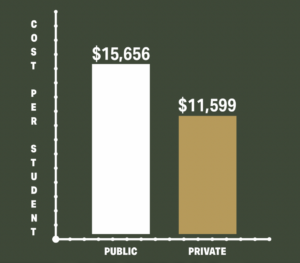
The most interesting part of this concept is that many of the people who support funding students directly when it comes to higher education and pre-K oppose it during the in-between years of K-12 education.
Why the apparent logical inconsistency? It’s simple when you consider power dynamics. Choice is the norm with higher education, pre-K, and just about any other industry in the United States. But choice threatens an entrenched special interest that would otherwise receive children’s education dollars regardless of families’ preferences. And that special interest fights as hard as possible to keep that funding and power.
The teachers’ union’s main argument against allowing families to take their children’s education dollars elsewhere reveals their misguided mindset. They argue that school choice “steals money” from public schools. But the reality is that the funding doesn’t belong to the public schools in the first place. If anything, public schools steal money from families. School choice initiatives just return the money to the hands of the intended beneficiaries of the funding—the children and their families.
But wait. Why would giving families a choice “defund” public schools, anyway? Their main argument is an admission that they understand many families aren’t satisfied with their residentially assigned government schools. The best schools would welcome the competition. Shrieking in fear about allowing families to choose your competition is a red flag. So, it turns out the main argument “against” school choice is one of the best arguments in favor of allowing families to have exit options.
Another problem with that argument is that public schools financially benefit when they lose students to school choice competition. Public schools are only partially funded based on enrollment counts, meaning they can keep substantial amounts of funding for students who leave to private schools. Imagine if Walmart were able to keep large portions of your grocery funding each week even after your family started shopping at Trader Joe’s. That would be a fantastic deal for Walmart. Public schools should be happy they get to keep any money at all for students they no longer educate.
Public schools also up their game in response to competition. Twenty-six of 28 studies and the latest peer-reviewed meta-analysis on the topic find that private school choice competition generally leads to better outcomes in public schools. For example, the latest study on the subject, published in May 2021, found that increased competition from expanding the Florida Tax Credit Scholarship Program improved academic and behavioral outcomes in nearby public schools.
The silver lining of the past year is that families have seen the light. The latest nationwide survey from RealClear Opinion Research found a 10-percentage point jump in support for school choice since last year – from 64% support in April 2020 to 74% support in June 2021.
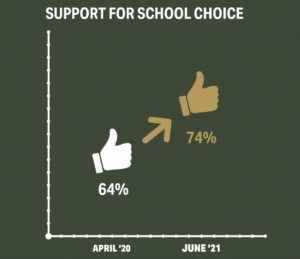
Seventeen states have already expanded or enacted private school choice programs this year. Missouri Governor Mike Parson, for example, just this month signed into law the state’s first-ever private school choice program. The Missouri Empowerment Scholarship Accounts Program will allow eligible families to take $6,350 of their children’s education dollars to any government-approved education provider of their choosing—whether it be a public, charter, private, or home school option.
The teachers’ unions, by ignoring the data and fighting to keep schools closed for over a year, have inadvertently done more to advance the concept of school choice than anyone could have ever imagined.
The jig is up. Many families are never going to forget how powerless they felt regarding K-12 education in 2020, and they’re going to fight to be in a position where they never have to feel that way again.

